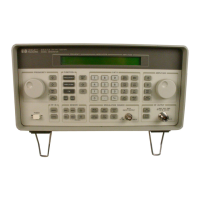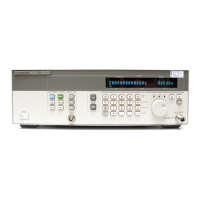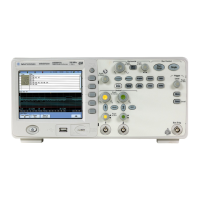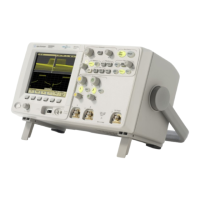130
S:\Hp8960\E1962B CDMA 2000\Pi Release\Reference Guide\Chapters\cdma2000_prog_generic_step4_ac.fm
Step 4: Make Connection
Step 4: Make Connection
The following information provides additional details on Step 4 of the Programming Flowchart. This
information is applicable to all test applications.
Description
In this step you make a connection between the mobile station and test set. How you do this depends upon
whether you are in active cell or test mode. In active cell mode you establish a phone call between the test set
and mobile station. In test mode, you command the mobile station to synchronize to the test set’s signal and
begin transmitting back an appropriate signal.
Contents
• “Establish a Call in Active Cell Mode”
• “Make a Test Mode Connection”
Establish a Call in Active Cell Mode
To test a mobile station in active cell mode, you must first establish a call between the test set and mobile
station. Your control program must issue the commands necessary to initiate the call connection process,
either to the test set (for a base station originated call) or to the mobile station (for a mobile station originated
call). Your control program must then determine when the call has successfully connected so that it can
proceed to testing. The control program must also determine if the call has not been successfully connected so
that it can take appropriate action.
Call States At any instant in time a call can be in a stable state such as the idle or the connected state, or in
one of many transitory states such as alerting, handoff, registering, releasing or paging. These are referred to
as transitory states because the amount of time which the call can spend in any of these states is limited by
the mobile station’s protocol. The call is not allowed to stay in a transitory state indefinitely.
NOTE If repeat paging or repeat registration are on, it is possible for the call process to stay in one of the
transitory states beyond the time specified by the mobile station’s protocol timers.
Call Connection Synchronization Commands The test set has a set of commands designed specifically
for call connection and release synchronization.
Call Connection Synchronization Commands
Synchronization Command Command Syntax
Call-Connected-State Query CALL:CONNected[:STATe]?
Call-State-Change Detector Arm CALL:CONNected:ARM[:IMMediate]
Call-State-Change Detector Timeout CALL:CONNected:TIMeout

